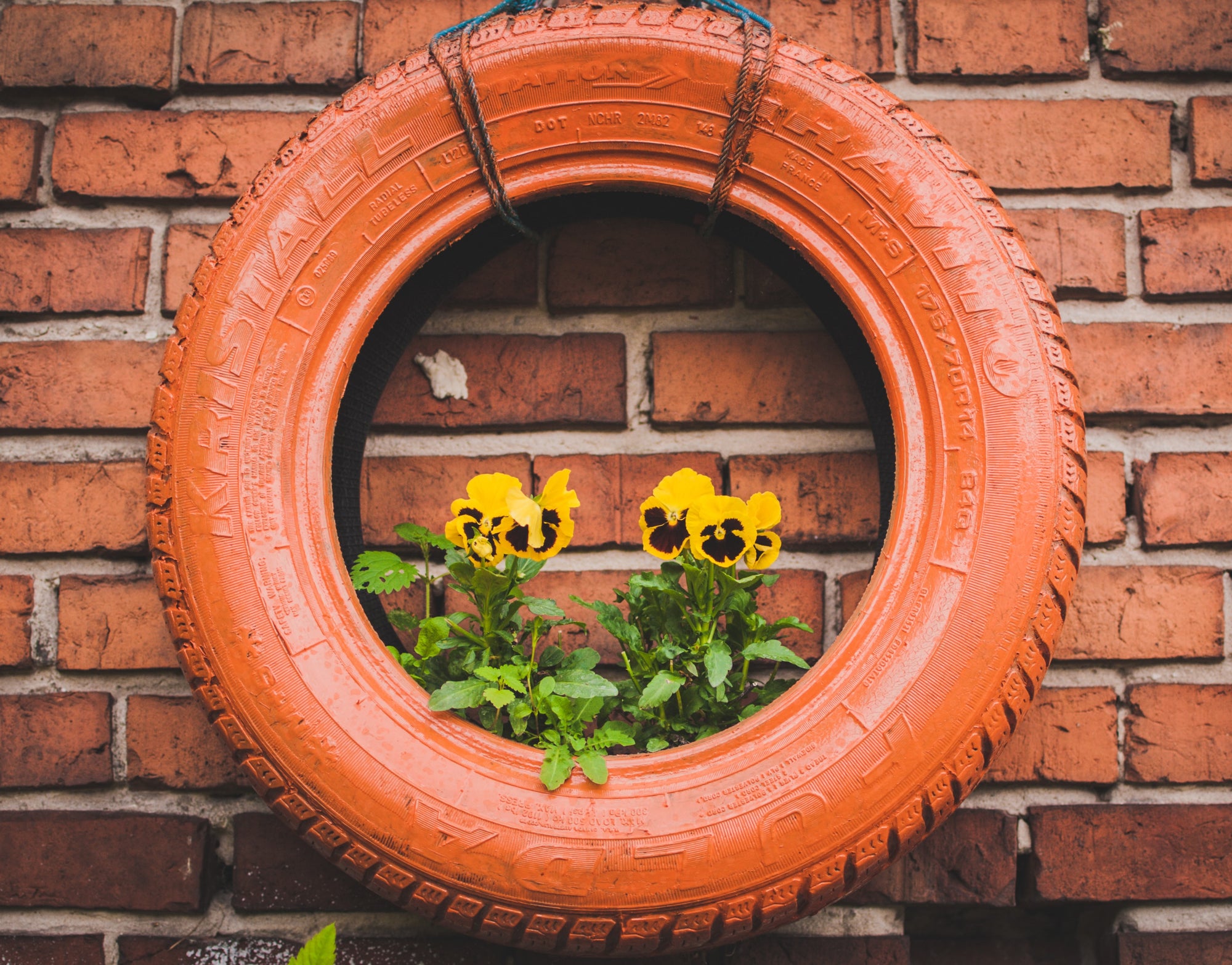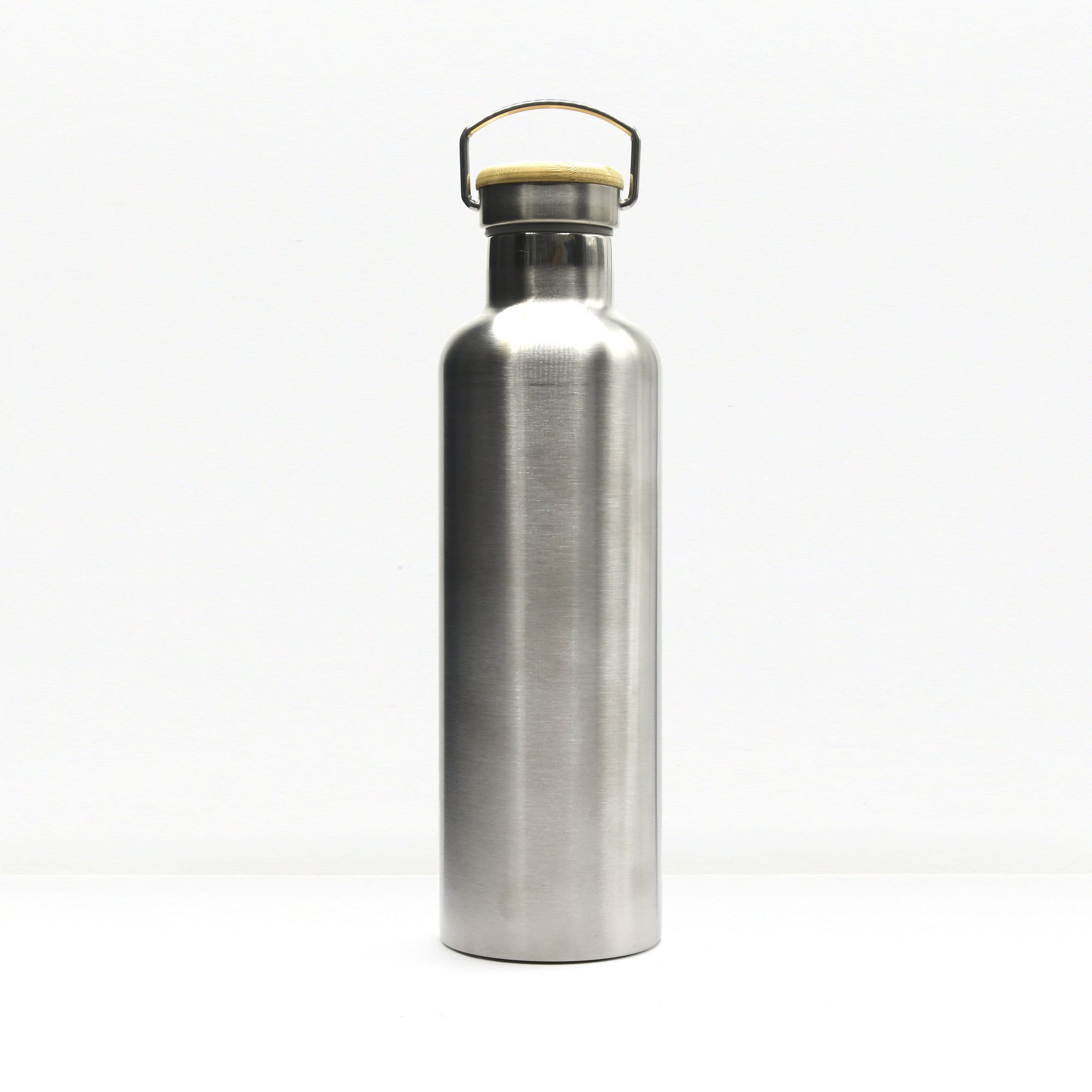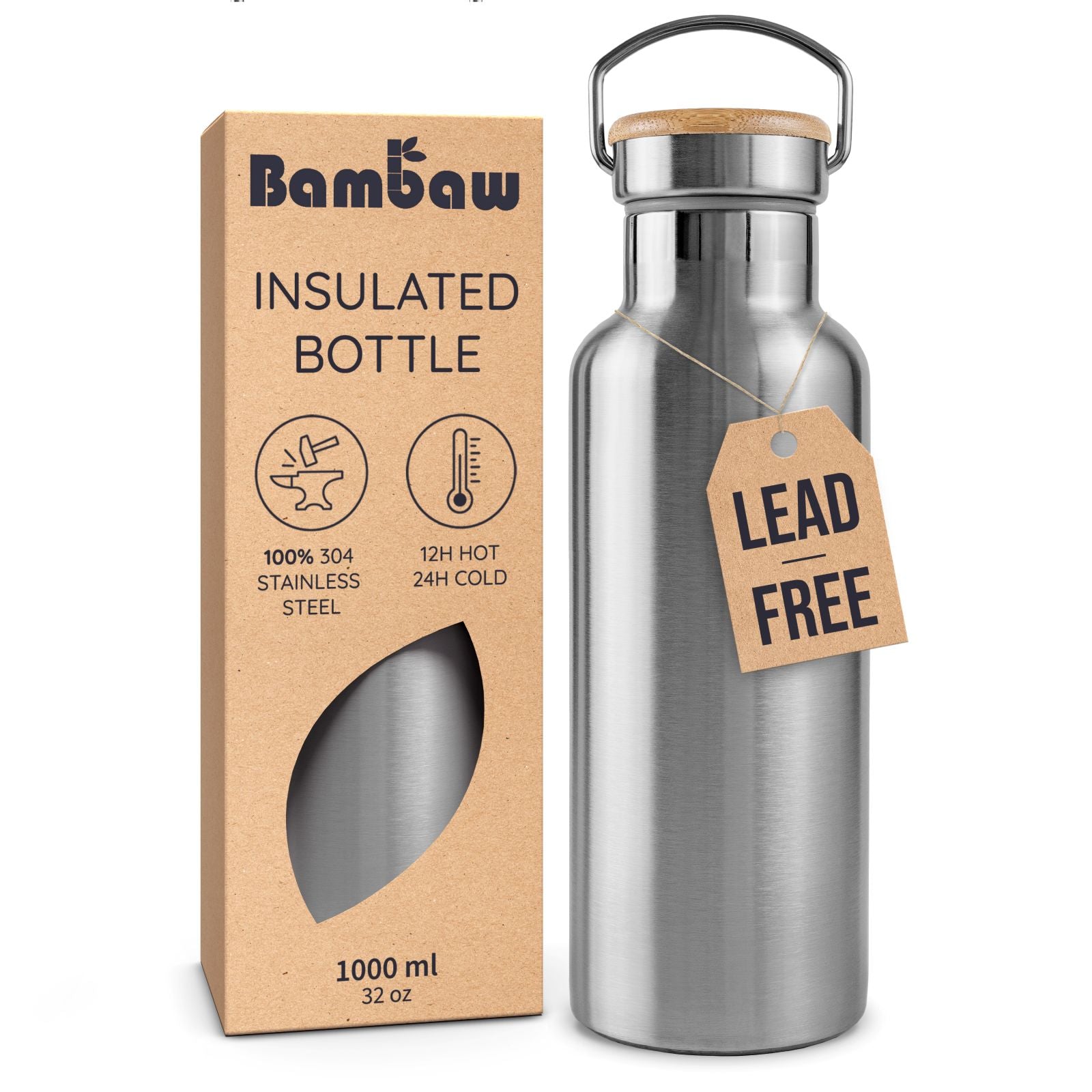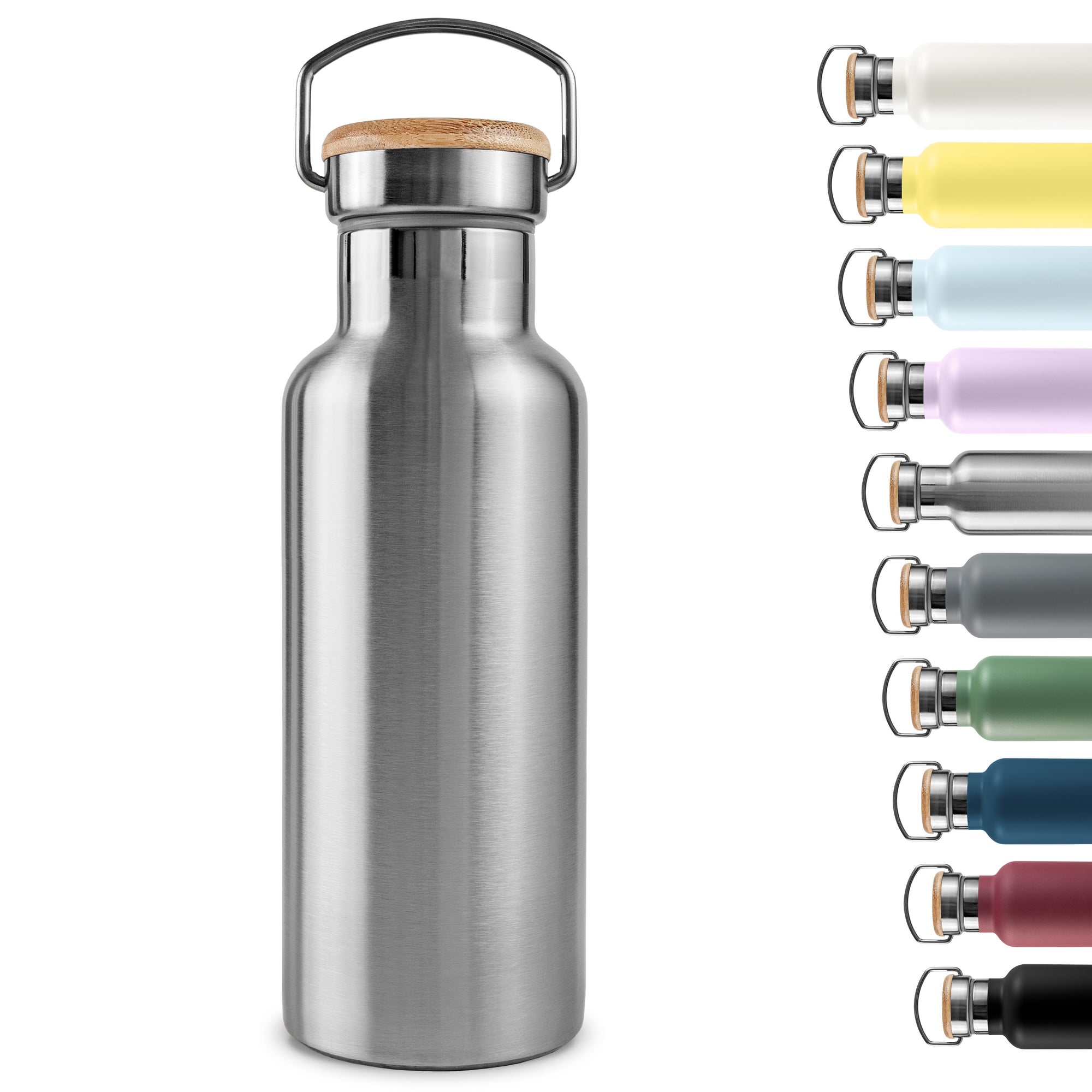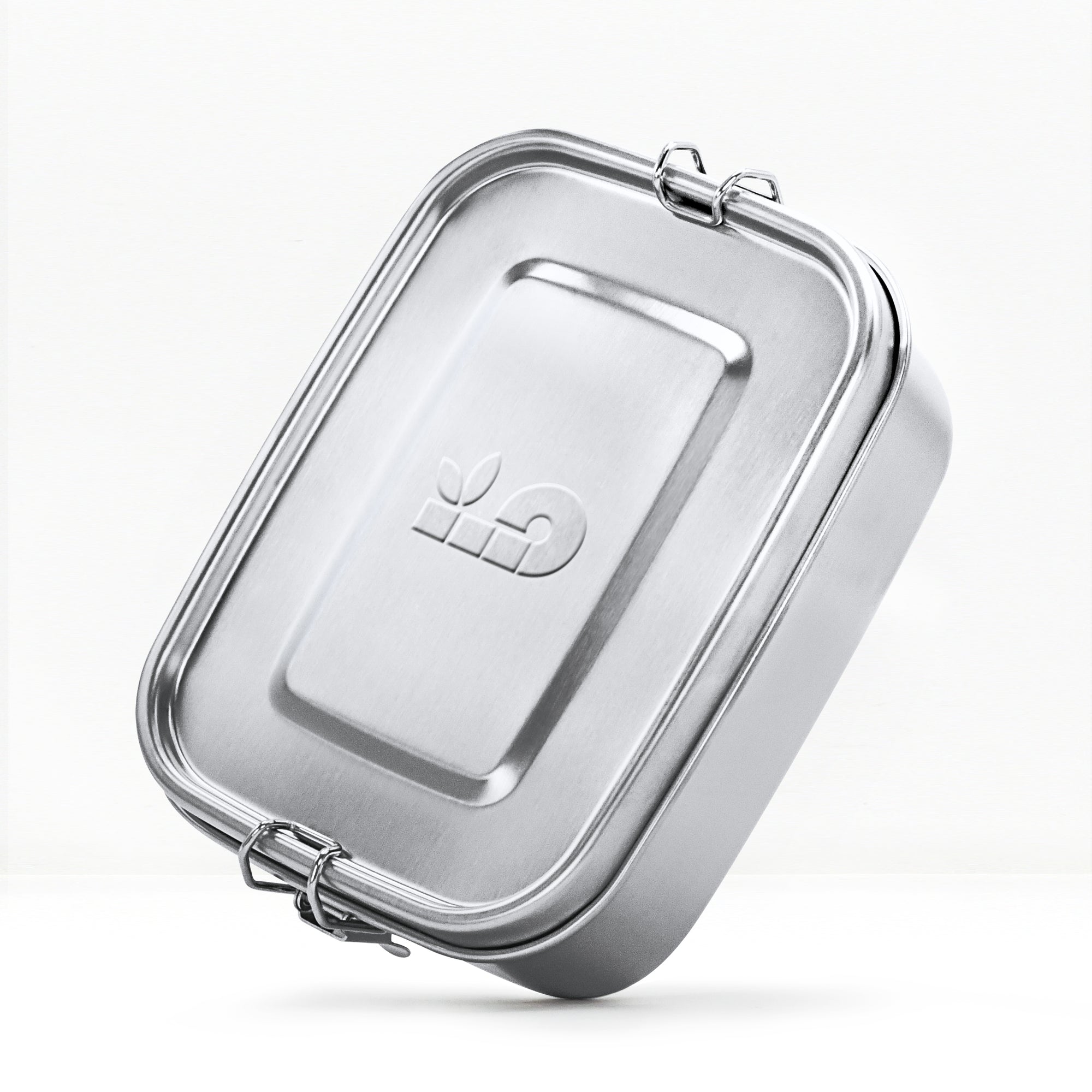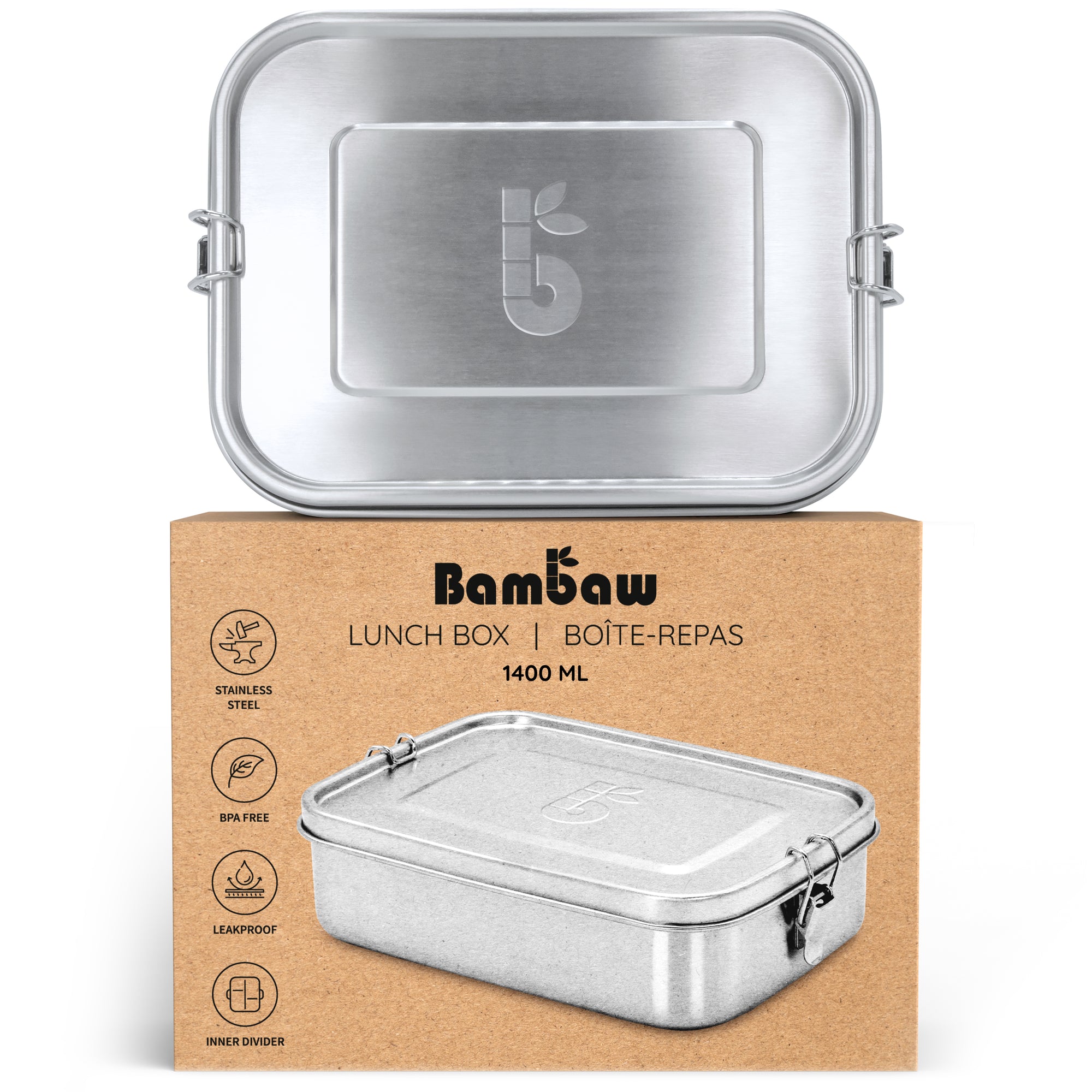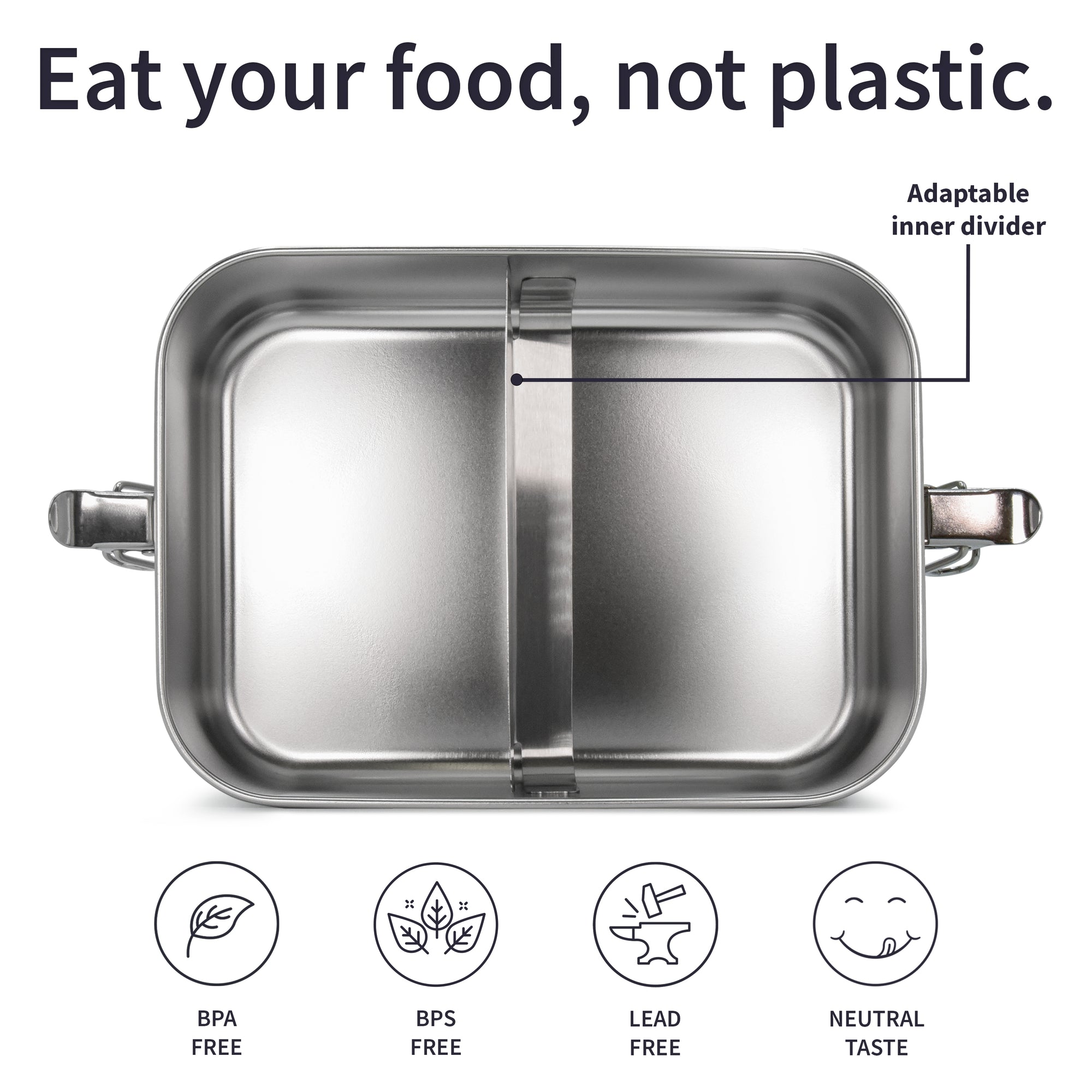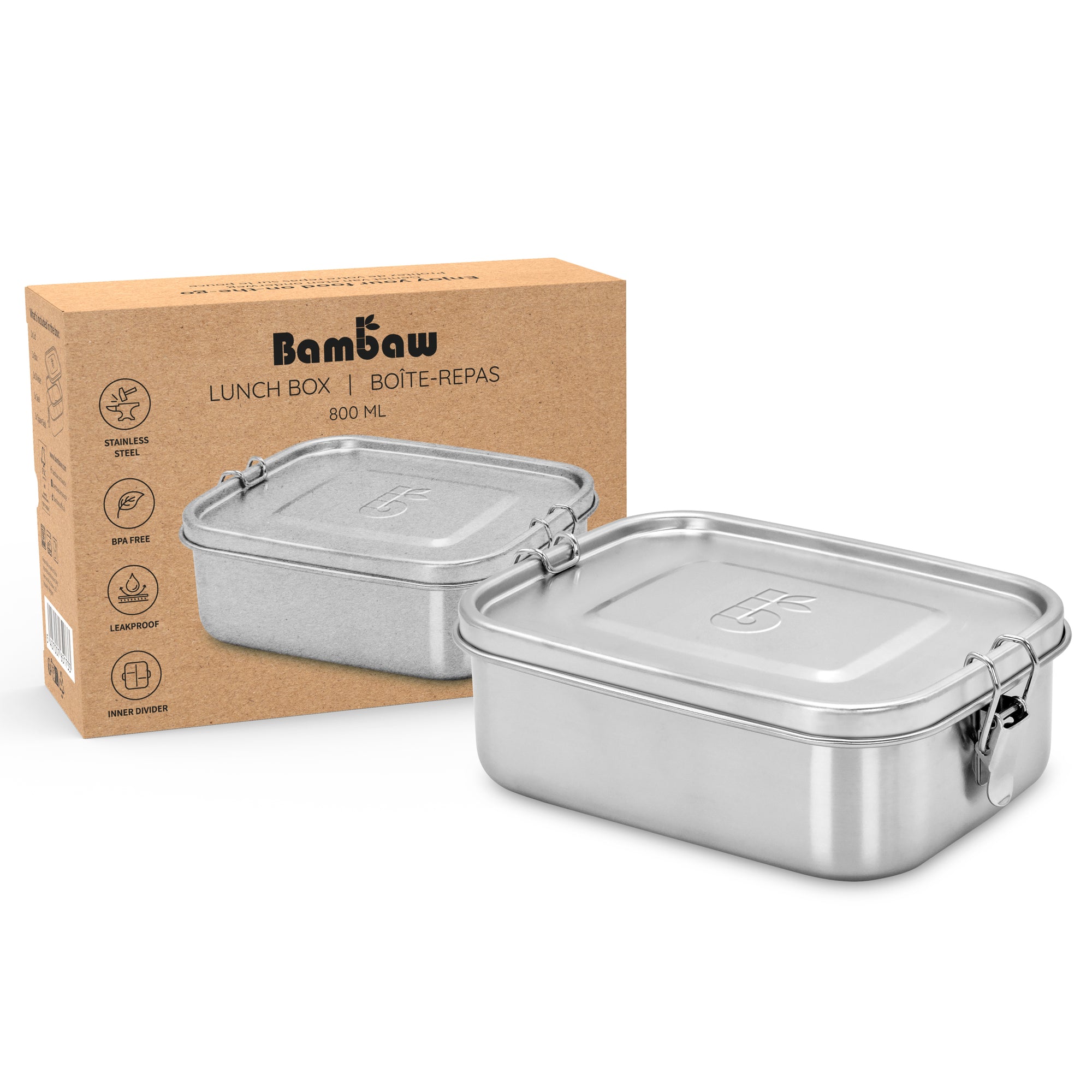“How zero-waste helps to turn the tide on Climate Change”. Oh boy, we knew this would be interesting to share. But, although some of us might be familiar with the term, for others, “Climate Change” remains this abstract and colossal threat lurking around. And just like “You-Know-Who”, something it is best not to bring up during a civilised conversation.
Well, perhaps it is time to face it, just like Lord Voldemort’s name – aka Tom Marvolo Riddle. We must face the fact that we cannot ignore Climate Change any longer.
Climate what?
First things first, a little (re)introduction is needed. What is Climate Change? What causes it, and what are its effects?
Talking about climate – not weather

In short, it means: although you were able to sunbathe in April 2020 and, only a year after, throw snowballs at your friends, Climate Change and the general rise of our planet’s atmosphere temperature is happening. Today, because our weather is disrupted, we can see and feel more than ever the effects of Climate Change.
But what causes this slow but steady change in our planet’s temperatures?
The Greenhouse Effect
The greenhouse effect is “how heat is trapped close to the surface of the Earth by ‘greenhouse gases’" explains NASA. The greenhouse gases, or GHG, include carbon dioxide, methane, and nitrous oxides. While Earth's temperatures have known ups and downs, human activities have profoundly increased the amount of carbon dioxide, or CO2, in the atmosphere, causing the temperatures to rise.
Pictures are worth a thousand words
Melting glaciers, sea levels rising, heavy precipitation, heat waves, or the increase in droughts are some of the effects of climate change on our day-to-day lives. Today, scientists agree that cutting the GHG's emissions by 50% by 2030 – yes, only nine years from now – is mandatory to stop the trend and give the Earth a well-deserved break.
Roll up your sleeves as we have work to do

62% of global greenhouse gas emissions — excluding those from land use and forestry — are released during the extraction, processing, and manufacturing of goods to serve society's needs, says the 2019 Circularity Gap Report.
As UN's top climate change official, Patricia Espinosa, explains, "the entire system must be thought out more carefully". We need to build a more sustainable future. Today.
62% is massive. The chart here above shows that our current way of creating new products over and over again is a slippery slope. Not only because it releases an enormous amount of greenhouse gas but also because it generates tons and tons of waste. A 2021 study shows how worldwide household waste is expected to have increased by 30% in 2030 and 70% by 2050.
How can we slow this trend? How can we prevent this boom from happening?
One key part of the solution to climate change lies in the so-called "circular economy". The circular economy is a regenerative system in which resource input, waste, emission, and energy leakage are minimised by slowing, closing, narrowing energy and material loops.
The ideal climate stability plan will require us to ditch fossil fuels and harness alternative, greener energy sources to reach CO2 neutrality. But it also includes a critical look at how much energy gets used in the first place.
Why go zero-waste for this?
The circular economy and climate change are intrinsically linked. Reducing and slowly removing excessive consumption from our lives may be the easiest and one of the most cost-efficient solutions to slow down the planet's heating.
We can reduce the effects of production, transport, and consumption on climate change if we choose to reuse, compost, and recycle more.
From zero…
The concept of reducing or, if you are a tough cookie, cancelling altogether any source of waste in your life is called the zero-waste movement.
Why is "reducing" in bold? Well, mainly because here at Bambaw, we understand how changing one's lifestyle from one day to the other may be a real challenge. Therefore, we tend to inspire our eco-consumers to jump slowly but surely into this journey towards their zero-waste goal. You know, right? Baby steps!
Adopting a new lifestyle
Zero-waste is a lifestyle that offers the simplest solution to pollution. By tackling the plastic problem at its source and buying fewer and fewer plastic-made goods, we, little earthlings, are taking small steps towards a greener and healthier world.
Ever since the 'throw-away culture has evolved in the 1950s, single-use plastic has become our best friend and worst enemy at the same time. Well that’s what we call a toxic relationship.
The movement is about finding beauty in simplicity, doing more with less and refocusing on what is truly essential.
If there is one thing you should remember
Suppose there is one thing you should remember about the zero-waste movement. In that case, it is its motto—five simple steps, which will allow you to join the wonderful community of change-makers around the world.
- Refuse
- Reduce
- Reuse
- Recycle
- Rot
You might already be familiar with those 5 R's, heard them on the radio, during a conference or read them on a fancy infographic online (here's ours, by the way).

…To hero
Let us go back to our GHG emissions, or the greenhouse gases, for a moment. How can we actually become heroes from joining the zero-waste movement? How is it actually helping to turn the tide on climate change?
To put it very bluntly, our waste and excessive consumption become greenhouse gases.
The snowball effects
With industries contributing up to 21% of global emissions, the production of goods and resources emits a significant amount of GHGs.
However, we tend to neglect some aspects of our consumption. For example, every stage of the plastic output emits greenhouse gases: producing resin from petroleum, making products from the resin and disposal of plastic at the end of its life.

So, the more we buy, the more we produce single-use plastic, and the more we dispose of those plastic items and other goods, the more we generate GHGs.
So how do we stop the ball from rolling?
The Zero-Waste principles conserve resources and minimise pollution. For example, each time we buy only the necessary or replace single-use items with reusable ones, we prevent unnecessary GHGs from being released into the atmosphere.
Of course, investing in renewable energy, smarter technologies or travelling more efficiently are essential too! But we are short on time. Adopting zero-waste behaviours, even if it is as simple as taking a reusable cup to the coffee shop, is a local solution to slow GHG emissions.
Closing the circle with the Zero-Waste 5 R's
- Refuse
- Reduce
- Reuse
- Recycle
- Rot
Remember those? OK, let us dive into the last three of the 5 R's and, concretely, understand how they help to slow down the date of global warming.
Previously, we shared 35 excellent and
easy-to-adopt new habits to reduce your consumption.
How reusing goods help to turn the tide on climate change?
By reusing goods, we simply stop the never-ending wheel of production – just for a moment. But every tiny moment and action count. And they count for real. Therefore, by buying in second-hand shops, upcycling, or avoiding single-use items (especially plastics ones), we contribute to a circular economy and a virtuous circle.
Reusing what we already have, finding a new purpose for our used items is decreasing production, manufacturing, lowering the impact of transportation and limiting waste in its entirety. If reducing CO2 emissions and preserving resources were not enough, reusing goods also promotes creativity.

Why is recycling also vital to slow the rate of global warming?
A circular economy promotes recycling where possible, breaking materials down to be used for different purposes, over and over again.
The energy required for recycling is way better for the planet's atmosphere than producing new goods from scratch. We talked earlier about how every stage of manufacturing plastic emits GHG emissions and how most of this pollution occurs during the production stage.
Using recycled materials to make new products requires two-thirds less energy than taking from trees, fossil fuels and metal ores. Which means they burn fewer fossil fuels and emit lower GHGs.
Why is composting, or rotting, an essential tool for preventing climate change?
For our biodegradable waste, representing nearly 30% of what we throw away, the zero-waste approach is to compost it correctly.
When organic waste decomposes in a ventilated compost, it does so in the presence of free oxygen. This process releases no methane gas (one of the most harmful GHG) at all, as methane-producing microbes are not active in the presence of oxygen.

But the climatic benefits of composting do not stop there. Today, more carbon currently sits in our soil (about 2.500 billion tons) than in the atmosphere and all plant life combined (1.360 billion tons altogether).
Because closed or buried compost – landfills - locks in and stores carbon, the CO2 cannot drift in the air or water, trapping heat in the atmosphere. But when we dispose of our organic waste in a compost pile, we have the power to mitigate the effects of climate change directly.
To sum it up
Were you brave enough to go through the complete Harry Potter saga and read the whole article? Bravo. In that case, you are no longer afraid of Tom Marvolo Riddle, and you are no longer in the dark about Climate Change's ins and outs.
You now know how zero-waste helps to turn the tide on Climate Change.
You know how climate is affected by the Greenhouse Effect, how the gases released in our atmosphere are heating it up, how the circular economy is helping to reduce it by slowly removing excessive consumption from our lives and how this may be the easiest (and one of the most cost-efficient solutions) to slow down the planet's heating.
You are now masters of the Zero-Waste motto – the 5 R's – and ready to, especially, reuse, compost, and recycle more.
Join the Zero-Waste movement
Let us make the small changes have durable impacts
All together

